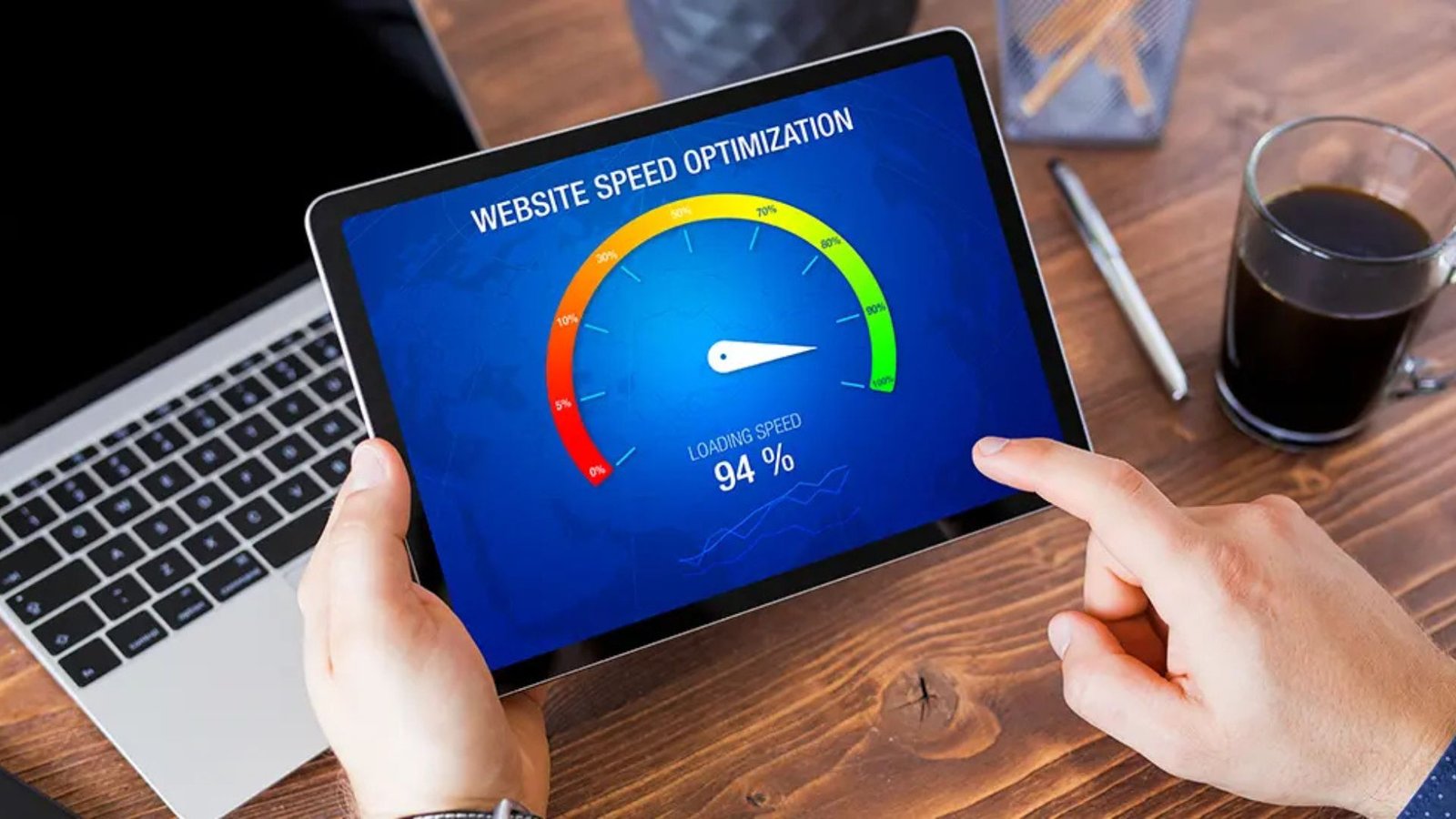Speed Optimization in Web Development
In the fast-paced digital world, website speed plays a crucial role in user experience and SEO rankings. Slow-loading websites can frustrate users, increase bounce rates, and lead to lower search engine rankings. For developers, optimizing website speed is a continuous process that involves a variety of techniques and tools. This article explores the key strategies and best practices for speeding up web development, ensuring fast load times, smoother user interactions, and better performance across all devices.

Why Website Speed Matters
Website speed is not just a luxury; it’s an essential component of web development. Here’s why it matters:
- User Experience: A delay of even a few seconds can cause visitors to abandon your site, potentially losing customers or readers. Faster websites provide a better overall user experience, leading to longer visits and higher engagement.
- SEO Impact: Search engines, especially Google, prioritize fast-loading websites. A slow website can result in poor rankings, affecting organic traffic and search visibility.
- Conversion Rates: Slow websites are directly linked to lower conversion rates. Whether you run an e-commerce site or a blog, a fast site encourages users to stay longer, browse more pages, and make purchases.
Image Optimization
Images are often the largest files on a website, contributing significantly to slower load times. Optimizing images is one of the most effective ways to boost website speed.
- Compression: Compress images without sacrificing quality. Tools like TinyPNG and ImageOptim allow you to reduce image file sizes significantly.
- Format Choice: Choose the right image formats. JPEGs are ideal for photographs, while PNGs are better for images with transparency. WebP offers superior compression and quality, making it a great alternative for modern browsers.
- Responsive Images: Use responsive image techniques (like
srcset) to deliver the right image size based on the user’s device. This reduces unnecessary bandwidth consumption for mobile users. - Lazy Loading: Implement lazy loading for images, which only loads images when they enter the viewport (visible part of the screen). This prevents the browser from loading images that users may never scroll to.
Minimize HTTP Requests
Each element on a webpage, such as images, scripts, and stylesheets, requires a separate HTTP request. Reducing the number of requests made to the server helps improve load times.
- Combine Files: Combine multiple CSS or JavaScript files into one to minimize the number of HTTP requests. Tools like Webpack or Gulp can automate this process.
- CSS Sprites: For small images like icons or buttons, use CSS sprites. This involves combining multiple images into one large image file and displaying only the relevant part using CSS, reducing the need for multiple requests.
- Avoid Inline Scripts: Externalize JavaScript code instead of embedding it within HTML. This allows browsers to cache the scripts and load them faster.
Enable Browser Caching
Browser caching stores certain resources on the user’s device so they don’t need to be downloaded again on subsequent visits. This can significantly speed up load times for returning visitors.
- Cache-Control Headers: Configure your server to send proper caching headers, indicating which resources (like images, stylesheets, and scripts) can be cached and for how long.
- Expiration Dates: Set expiration dates for your static files (like images and CSS) to ensure browsers don’t re-download them unless necessary.
- ETags: Use ETags to allow browsers to determine if cached content has changed on the server. This avoids re-downloading unchanged resources.
Use a Content Delivery Network (CDN)
A CDN is a network of distributed servers that store copies of your website’s static content (like images, JavaScript, and CSS). By serving these resources from a server closest to the user, CDNs can drastically reduce load times.
- How CDNs Work: When a user visits your website, the CDN automatically serves the cached version of static assets from the server closest to their geographical location.
- Benefits of CDNs:
- Reduced load times due to geographically distributed servers
- Lower bandwidth costs for the website owner
- Enhanced website performance in different regions
- Increased reliability and uptime with content replicated across multiple servers
Minify and Compress Files
Minification and compression help reduce the size of CSS, JavaScript, and HTML files, resulting in faster load times.
- Minification: Minifying your files involves removing unnecessary characters like spaces, line breaks, and comments, which reduces the file size. Tools like UglifyJS for JavaScript and CSSNano for CSS can help automate this.
- Compression: Use Gzip or Brotli compression to compress text-based resources like HTML, CSS, and JavaScript. This reduces their size before they are sent over the network, leading to faster loading times.
- Automated Workflows: Set up build tools or task runners (such as Webpack, Grunt, or Gulp) to automatically minify and compress files before deployment.
Conclusion
Website speed optimization is an ongoing process that involves multiple strategies. From image compression and caching to server-side improvements and using CDNs, every step you take to optimize your website’s speed has a positive impact on performance. Prioritizing fast load times not only improves user experience but also enhances your site’s SEO rankings and overall success. By implementing these practices, you’ll create a faster, more efficient website th



